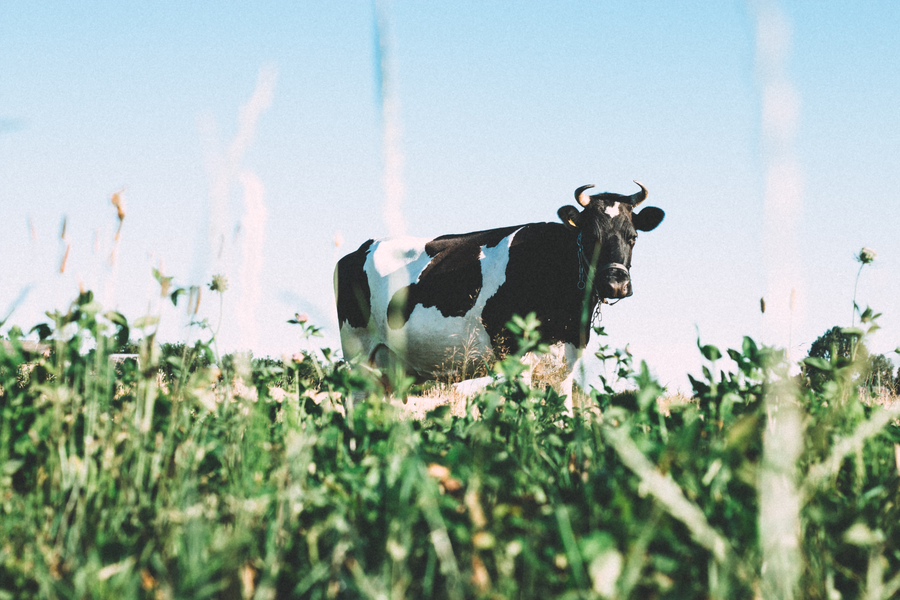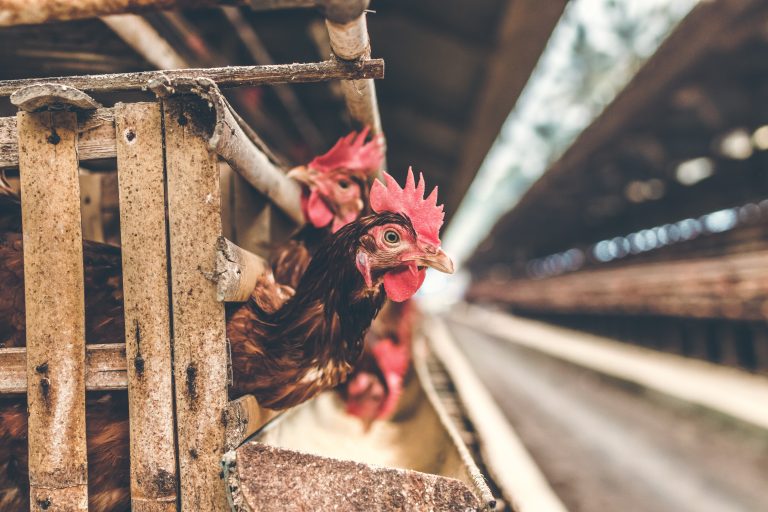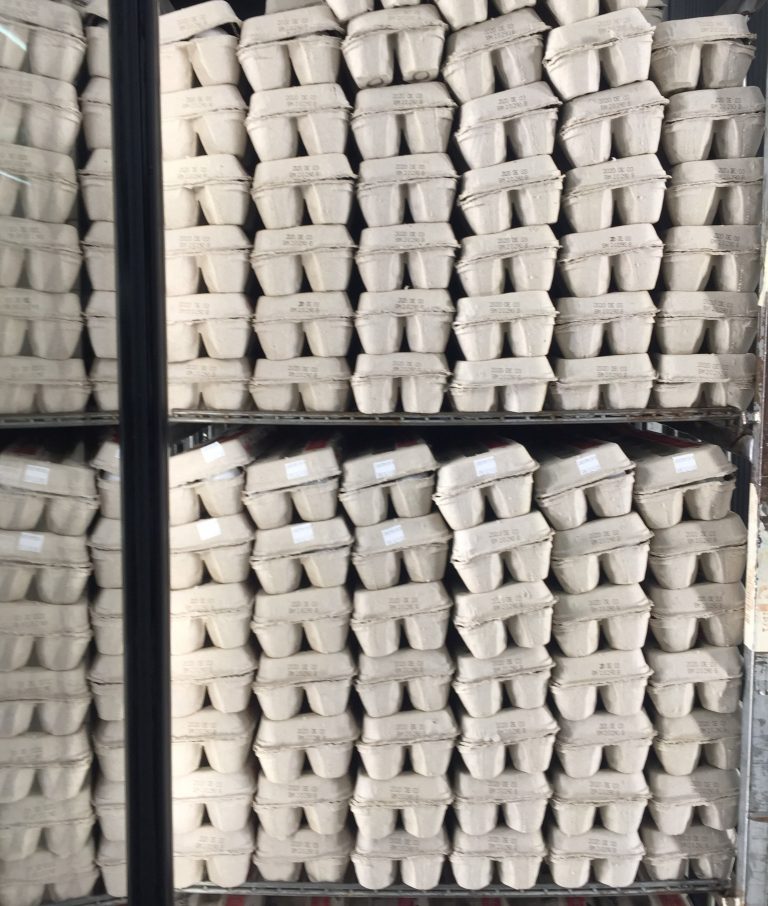Organic Dairy Farmers in Decline
Sales of organic products in the US exceeded $50 billion in revenue for the first time ever in 2018. Organic sales have more than doubled since 2010. Despite this tremendous growth, small organic farmers are struggling, with market pressures coming from the supply-side and the demand-side of the market.

Facing heavy price competition from large factory farms, over the past several decades many small, family-owned farms have made the switch from conventional farming to organic farming. The organic movement has created a culture of farmers and consumers who are concerned with environmental sustainability, humane animal husbandry, and natural foods. These additional characteristics of organic products have allowed producers to charge higher prices than conventionally grown products, which helps farmers offset the higher production costs and earn better profits. Certain organic products have seen significant price decreases in recent years. In particular, organic milk producers have seen the price of their product collapse. On the demand side, many consumers have switched from organic milk to plant-based milk alternatives, such as almond milk and soy milk (organic beef farmers are starting to see similar competition from plant-based meat alternatives). They are also seeing a decline in exports as a result of the trade war.
On the supply-side, regulation changes and lax enforcement have allowed some larger producers to be certified USDA Organic while still producing on an industrial scale. Both of these changes in the market have dramatically reduced the price organic dairy farmers can charge for their products. Between 2015 and 2019 the price per hundred pounds of organic milk has fallen from $35 to $27, cutting profit margins very thin. This has prevented farmers from investing in new capital, and forced some out of business. In the past five years, more than a quarter of Wisconsin’s dairy farms have gone out of business. As the remaining farmers look to the future, they will need to find ways to increase prices and lower costs to remain viable.
Questions
- How does being designated as USDA Organic allow firms to charge higher prices for their goods? Explain in terms of how product differentiation affects the demand curve.
- Small farmers complain that large farms utilizing sub-standard production practices diminish the value of the USDA Organic label. What are some strategies that small farms can use to improve the value of their brand?













